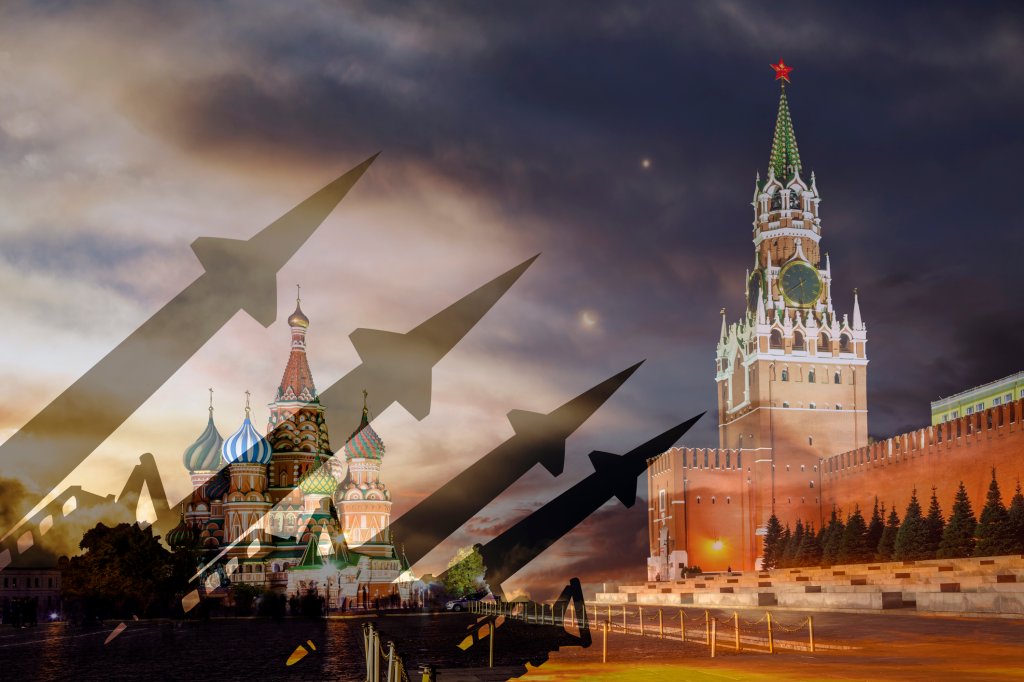Weeks ago, this author celebrated the liberation of Robotyne. Robotyne marked Ukrainian forces officially reaching the point where they could launch HIMARS strikes against the M14/E58 road that runs along the coast of the Sea of Azov. That meant Ukraine could, technically, sever the land bridge with fires.
Ukraine could choke Russian forces over the long winter of food, ammo, fuel, and, most importantly, winter clothing.
Unfortunately, technically capable and tactically capable of severing a land bridge are very different things. As Retired Army Brig. Gen. Mark Kimmitt pointed out to Wall Street Journal, military leaders prefer to keep artillery assets back from the line. The planning norm is that artillery should be a third of its range back from the frontline.
That reduces the weapon and crew’s vulnerability to counter fire and the chance of a miss. On many weapon systems, like howitzers, it also allows the weapon to maintain a higher rate of fire since it isn’t being pushed to its mechanical limits.
For HIMARS to reach the M14 using only two-thirds of its range, Ukraine needed to move the line forward at least 15 miles after Robotyne. It has only made it about 7.5 miles. Ukraine should be proud of those 7.5 miles against some of the densest minefields in history. Especially since Russia sent in its airborne forces and increased airstrikes to stop them. But 7.5 wasn’t enough to sever the supply lines.
ATACMS changed that. The long-range missile has an over 150-mile range. And now Ukraine seems poised to cut off supplies to Russia.
With its confirmed ATACMS attacks using secretly shipped missiles against Luhansk and Berdyansk, Ukraine not only can hit the M14, it has already done so. The town of Berdyansk, which hosted attack helicopters and air defense systems, sits on the M14.
ATACMS proves Ukraine can sever the land bridge, break Russia’s spine
With ATACMS, two-thirds of the max range is still over 100 miles. That means Ukraine can sever the M14 from Melitipol to Berdyansk to Mariuopal, all without even sending the launchers into Zaporizhia Oblast.
As long as Ukraine receives enough missiles to prioritize the land bridge, it can now tactically, not just technically, sever Russian supply routes.
And Russia has no clear alternatives to the land bridge. It has struggled to supply troops with a combination of the land bridge and the heavily damaged Kerch bridge. The Kerch Bridge, even with repairs, cannot carry the logistics load that will be left if the M14 is decisively severed.
The Black Sea Fleet has untapped capacity, but its withdrawal to Novorossiyisk makes it unlikely that Russia will risk it. Even if Russia taps the fleet, the ships need steady fuel and pier access to provide logistics, and they likely cannot fully replace the land bridge either.
And the ATACMS can hit essentially any pier or beach that Russia turns to in order to provide logistics over the sea. And it can strike those ships nearly anywhere on the Sea of Azov with ATACMS. If Germany green-lit the Taurus missile, the highly specialized weapon could be set to detonate deep within the bowels of ships. (Germany seems set on not sending that missile, though.)
The fight for the land bridge is far from over. As pointed out on a recent Geopolitics Decanted, ATACMS are vulnerable to intercept, which might be why air defenses joined attack helicopters at the top of the target list. But with enough missiles, the fading hope of a severed land bridge is shining bright once again.


